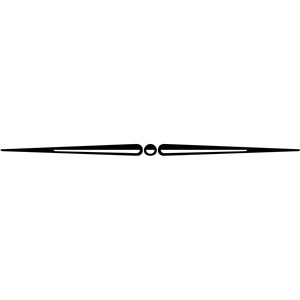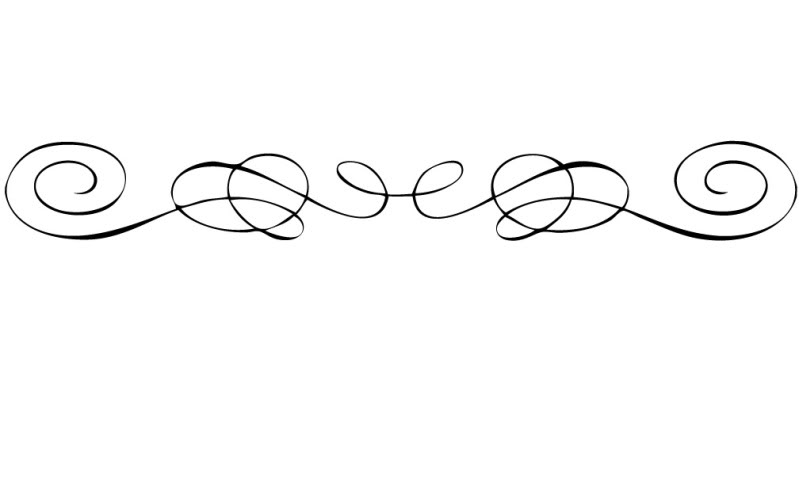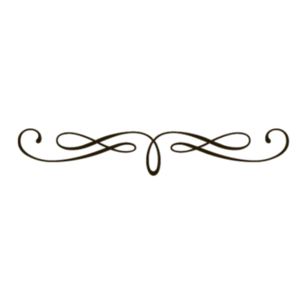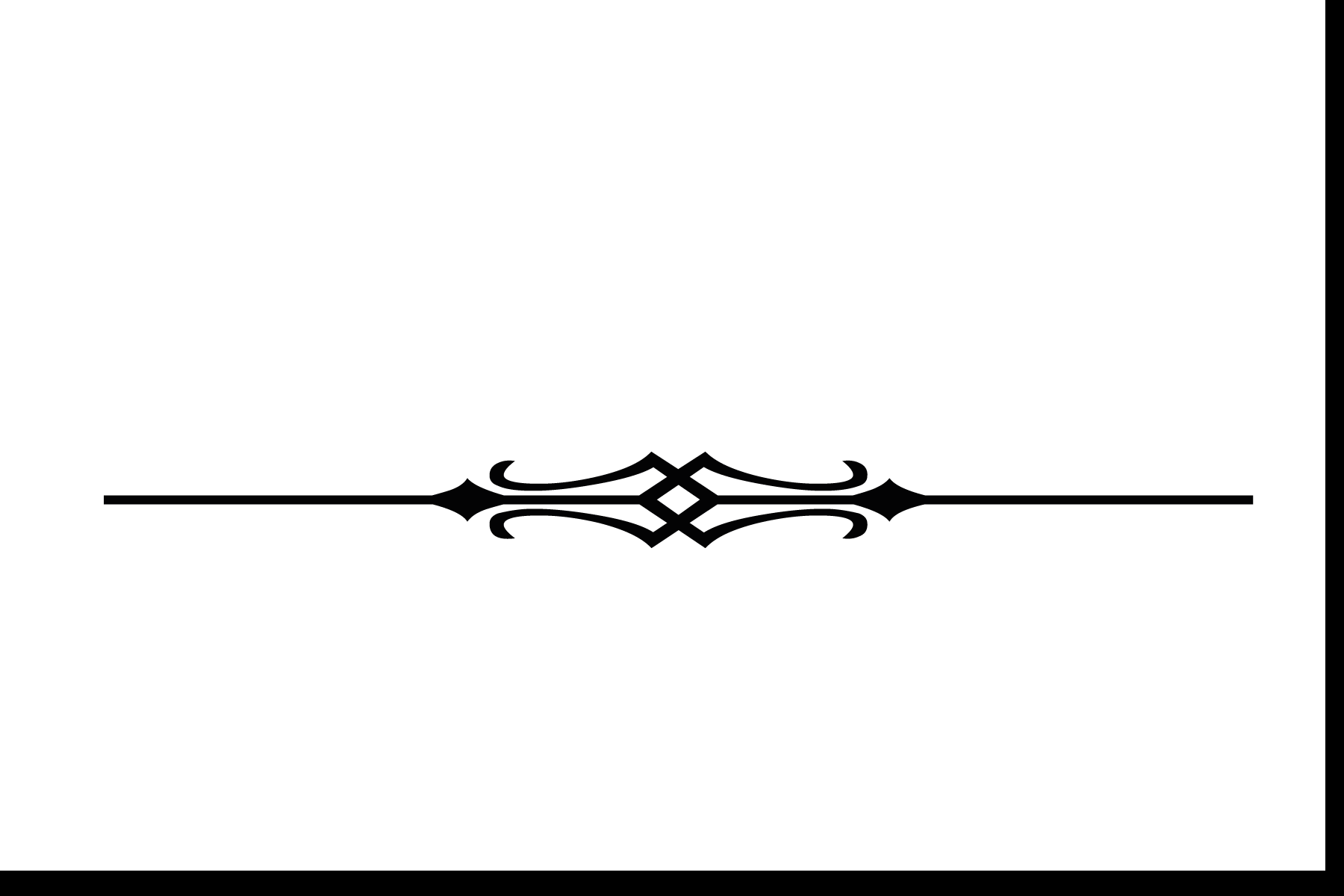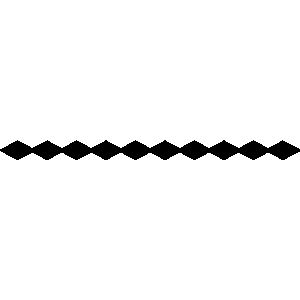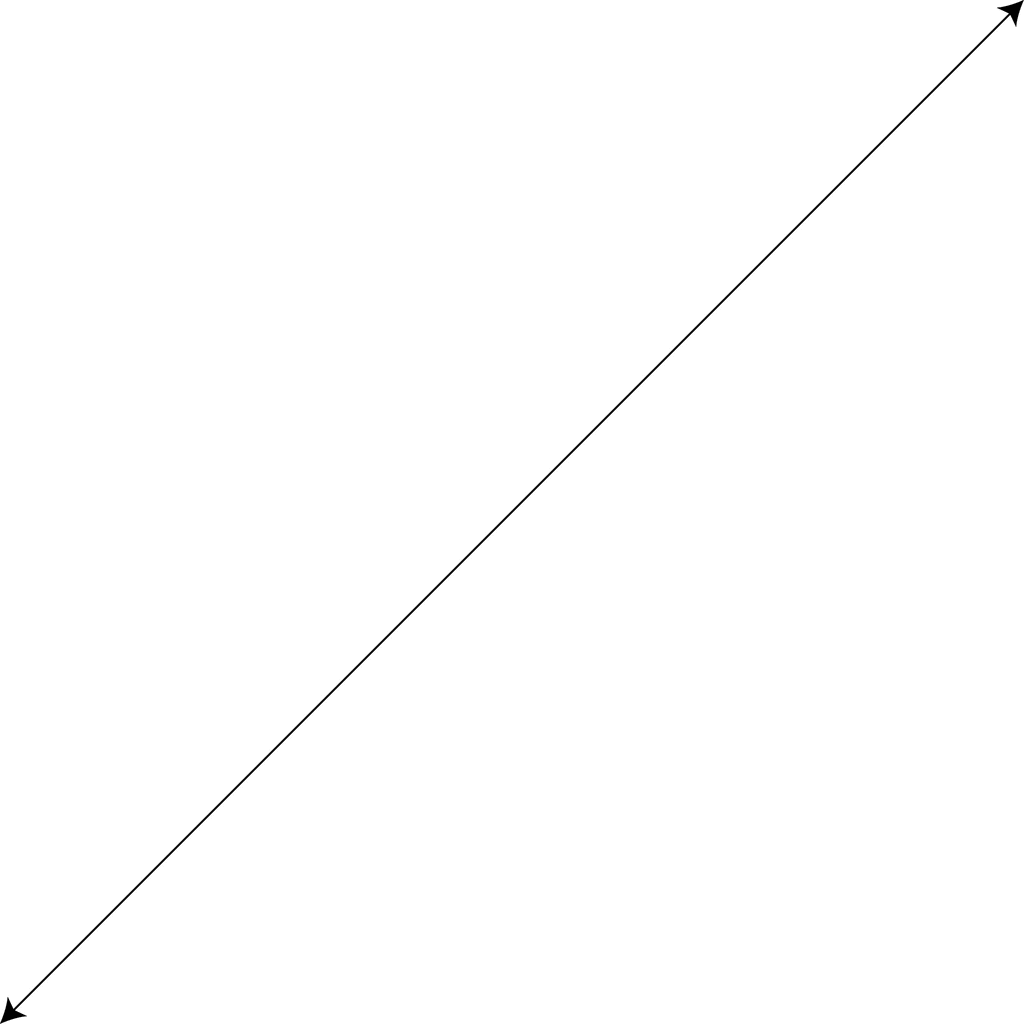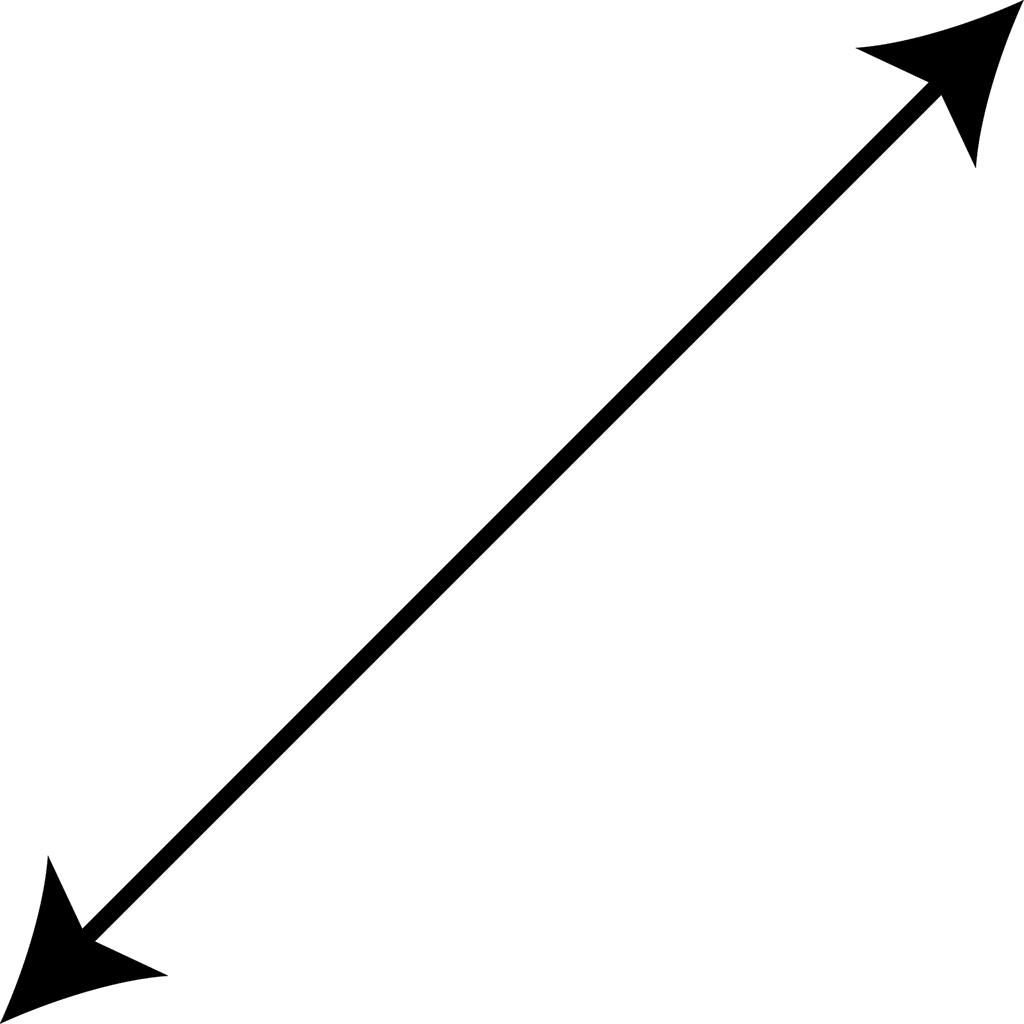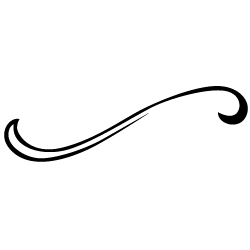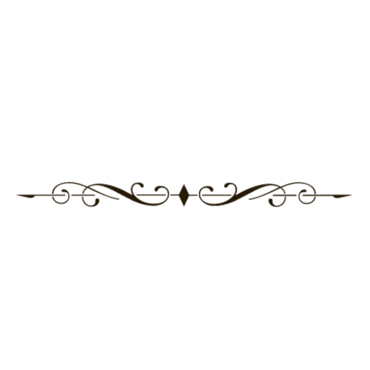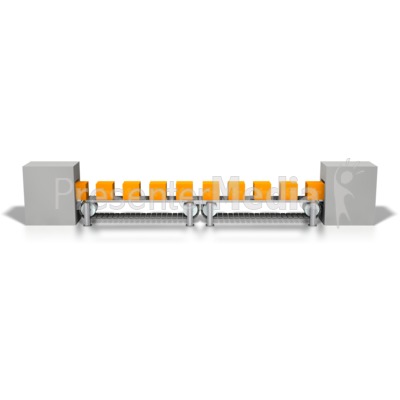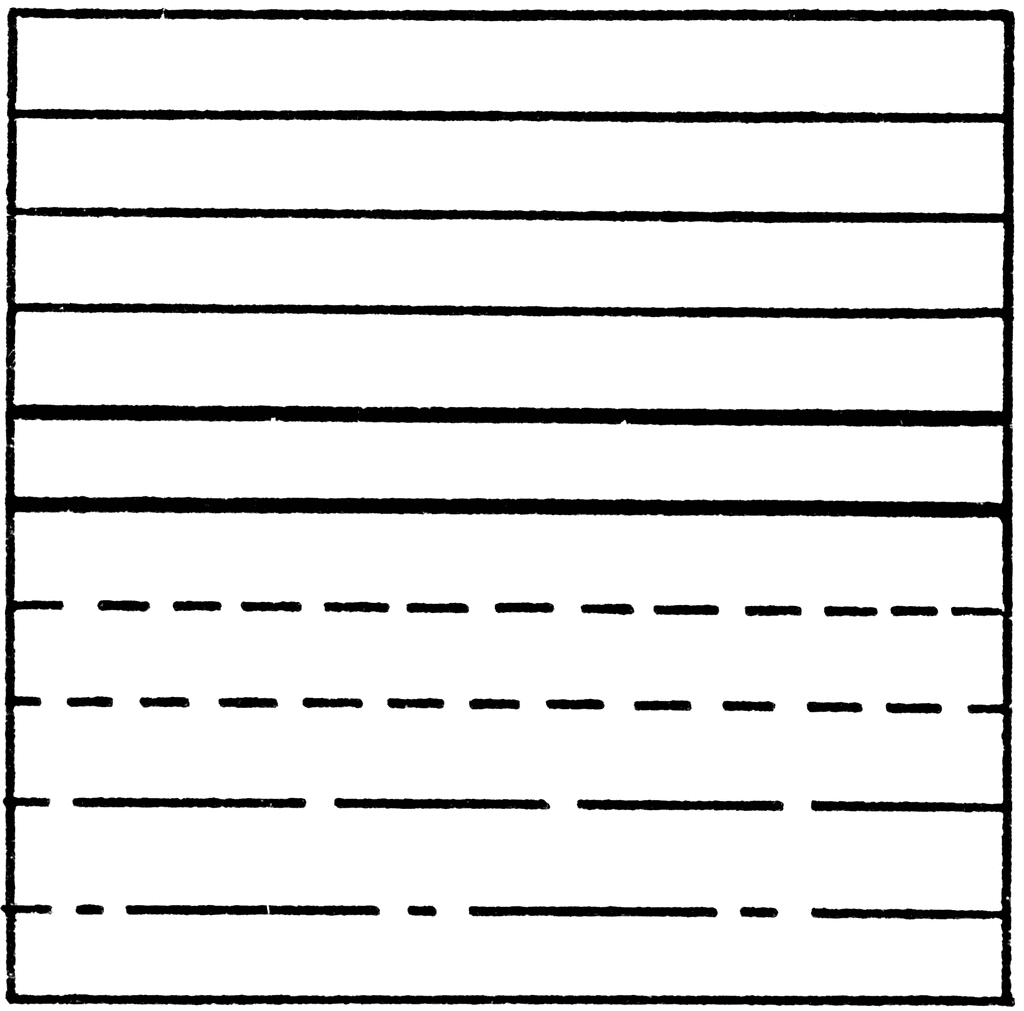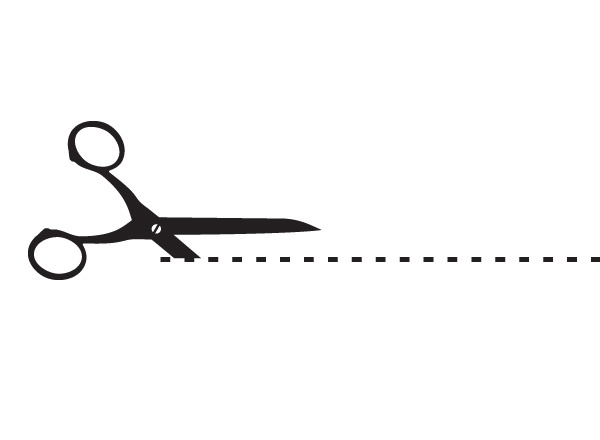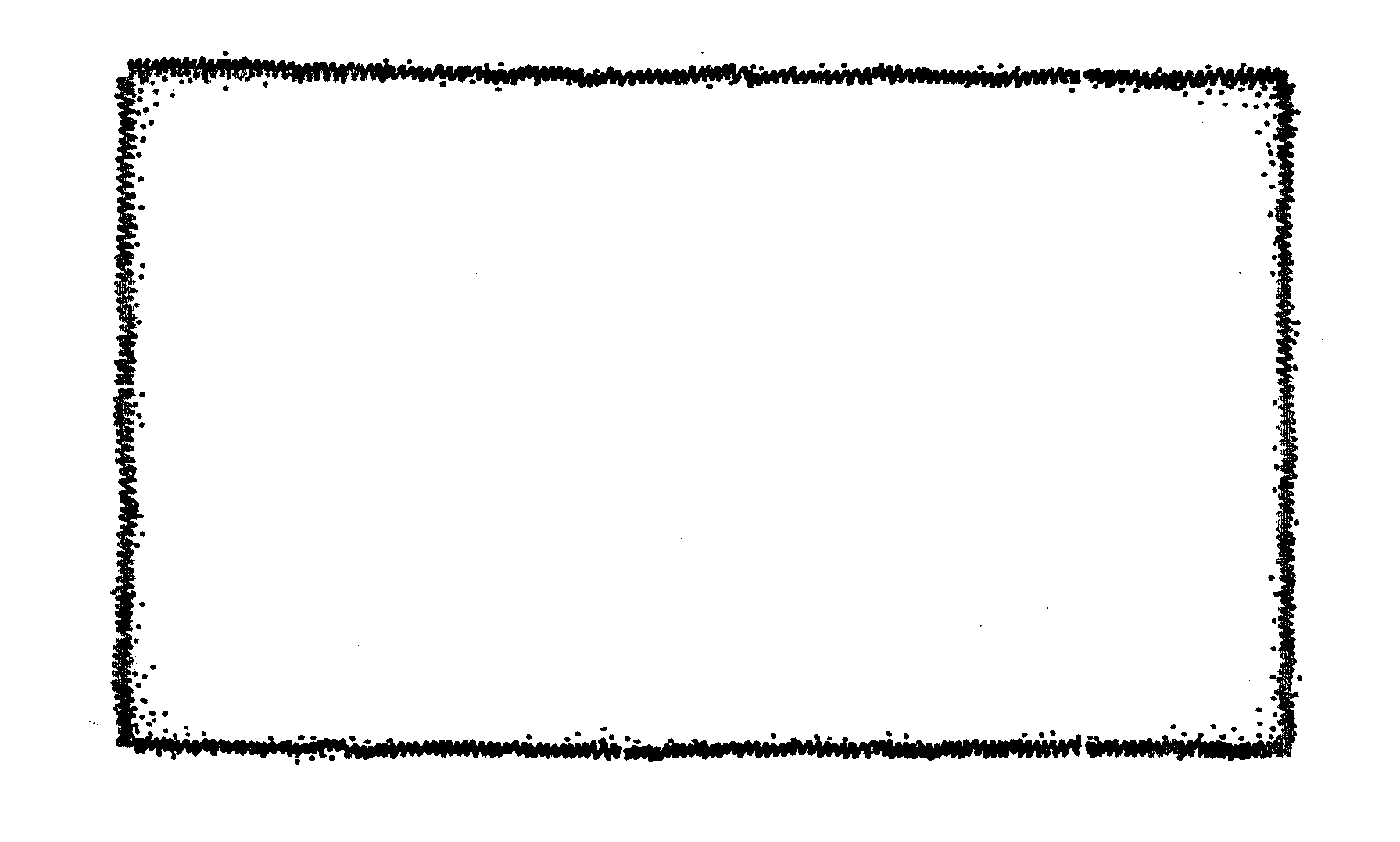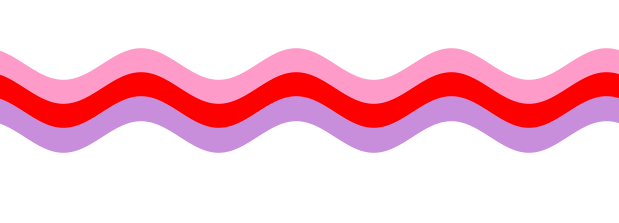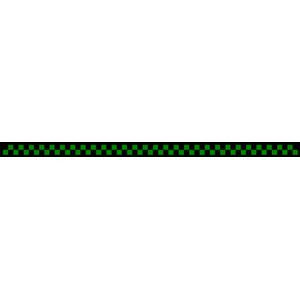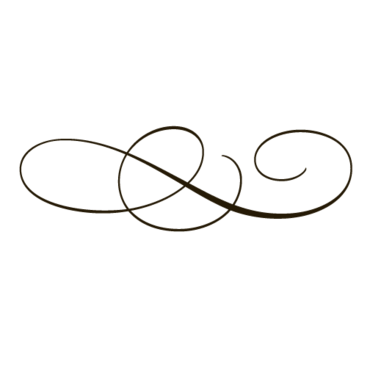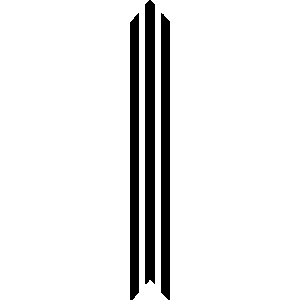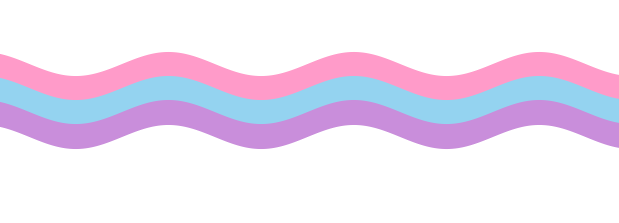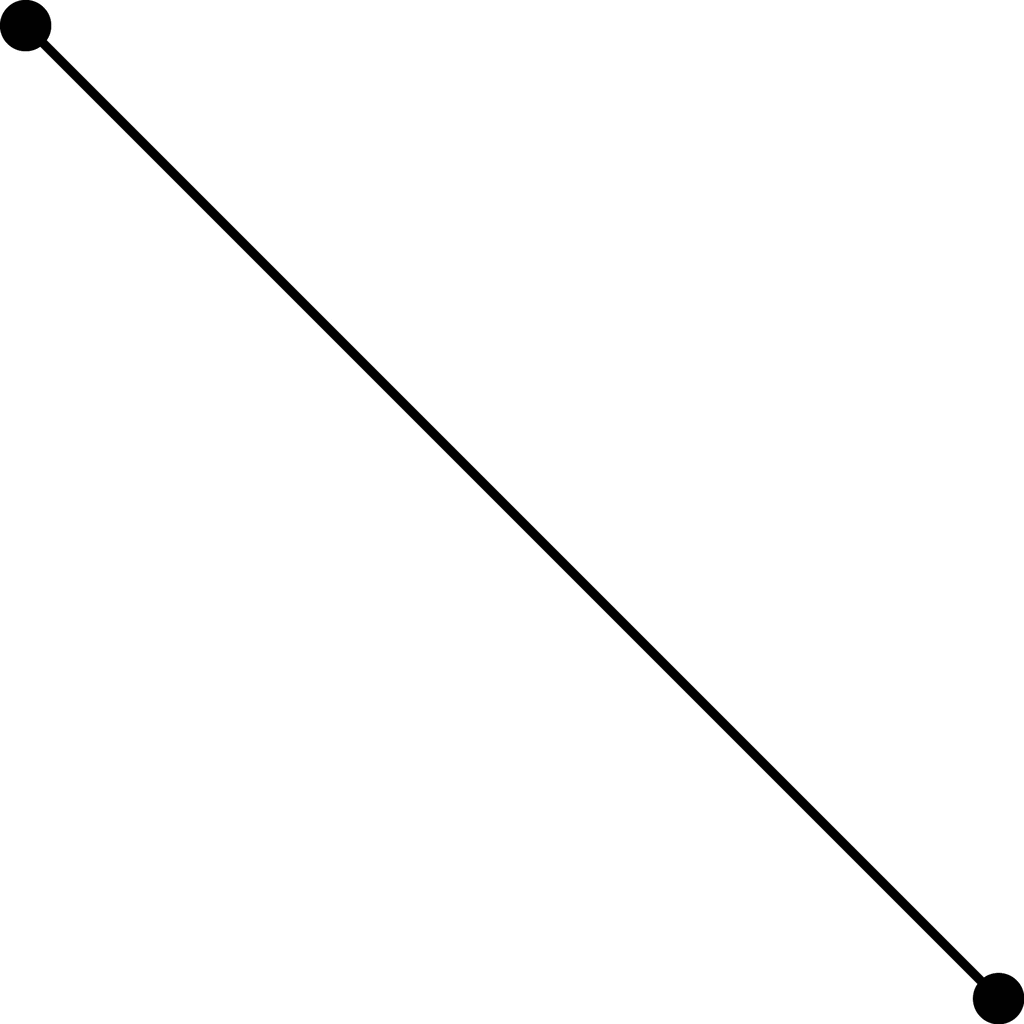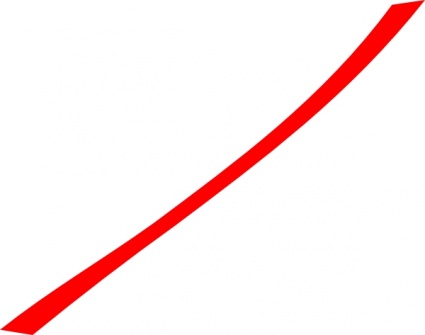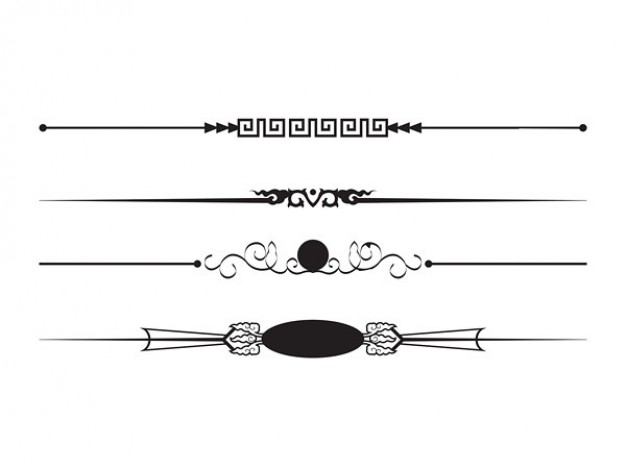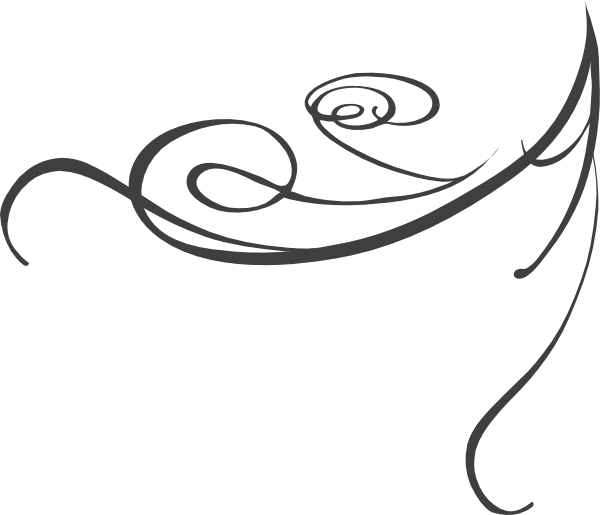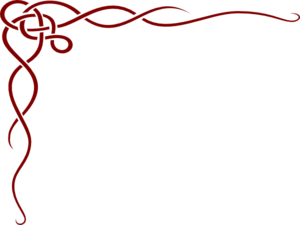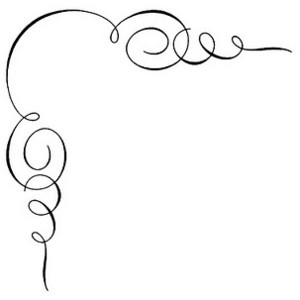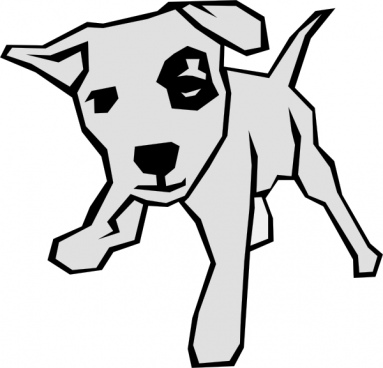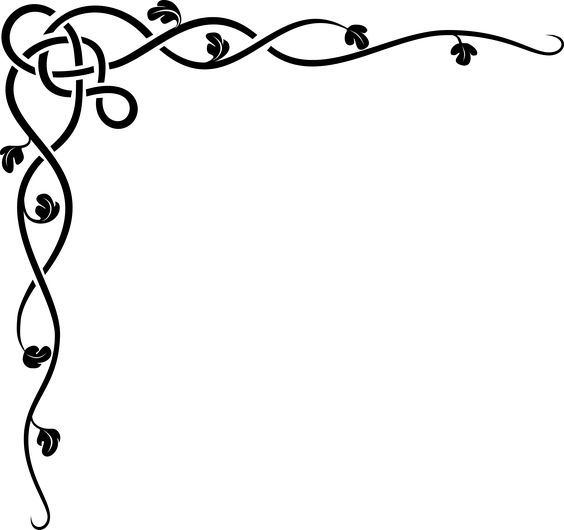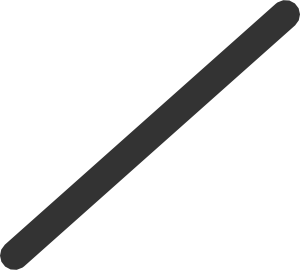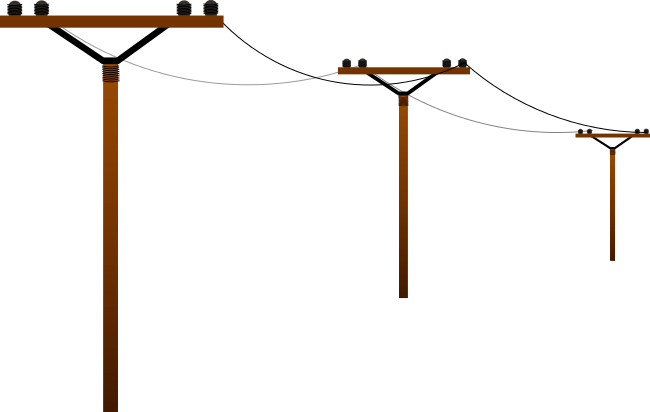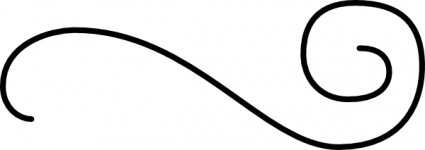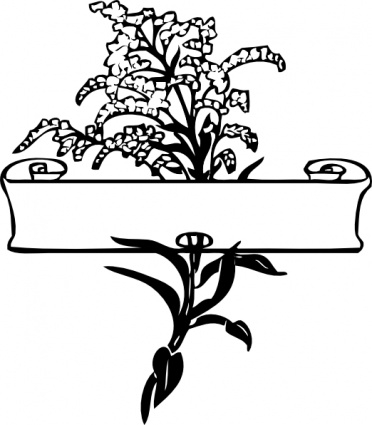Line Clip Art
In visual language, a line marks the most minimal rendering of a path connecting points. By definition, lines have measurable length but no width. They focus attention along a trajectory rather than outward across an area. Lines appear extensively in both manufactured designs and naturally occurring formations.
Types of Lines
Several key dichotomies categorize line types:
- Curved vs straight – where gradual contours contrast rigid corners
- Vertical vs horizontal – tall staging strong/weak stances based on orientation
- Dividing lines vs contour lines – the former separates while contours unify by tracking edges smoothly
Beyond these basics, further stylistic embellishments add personality.
Line Creation Methods
Whether drawing, painting or tracing outlines, a steady hand and flow between points forms lines. On rigid surfaces, straight lines come from rulers while curved patterns need templates. For digital art, vector tools generate scalable graphic lines. Decorative disciplines use threads and string to assemble straight guideline foundations before more chaotic painting commences. Laser level tools project perfectly plumbed beam lines onto walls. Road marking trucks mechanically siphon paint to create expansive dividing highway stripes.
Line Direction and Orientation
The character expressed by a line morphs significantly with orientation:
- Vertical lines stretch to express height and structural support
- Horizontal lines calm with grounded stability
- Diagonals imply dynamic action, speed and direction
- Zigzag and waving lines introduce delight, surprise and whimsy with their ever-changing trajectories
Line Texture and Variation
Line personalities emerge from diverging widths, textures and consistency:
- Heavy lines made by wide tip markers convey boldness
- Fine pen outlines feel delicate
- Dotted and dashed lines break solid forms with rhythmic interludes
- Tapered lines change in intensity across their path
Together these qualities make lines feel more organic and dynamic.
Line Composition Principles
Lines artfully arranged make compelling designs. Master techniques include:
- Leading lines direct attention towards key elements
- Dividing lines organize sections
- Contour lines unify meandering, curved alignments
- Overlapping creates depth
Lines in the Manmade World
From microscopic printed circuits to highways spanning continents, lines enable trade, transportation and infrastructure:
- Architectural plans designate load-bearing walls
- Transit maps trace subway routes
- Flowcharts and diagrams visualize processes
- Charts plot quantitative data
Lines in Nature
Though less rigid, lines abound in natural forms:
- Tree silhouettes
- Branching veins in leaves
- Zigzag lightning
- Muscle fiber alignments
- Flowing hair strands
- Undulating sandy beach contours
Line Clip Art
Common line clip art motifs include:
- Paint strokes
- Dividers and rules
- Scribbles
- Contour maps
- Graph paper backgrounds
Using Line Clipart
Minimalist branding gains modern flair with line accents. Drawn clipart injected into graphics conveys handcrafted warmth. Line-textured backgrounds allude to weathered surfaces or topographical terrain. Flowchart templates assist business process re-engineering. Party invitations gain craft sensibility with painted, penned or letterpress looks. Infographics synthesizing statistics use lines to encode meaningful relationships. Across contexts, line clipart expands stylistic possibilities.
In this page clipartix present 52 line clipart images free for designing activities. Lets download Line Clip Art that you want to use for works or personal uses.
